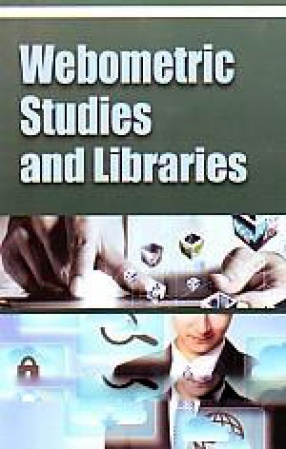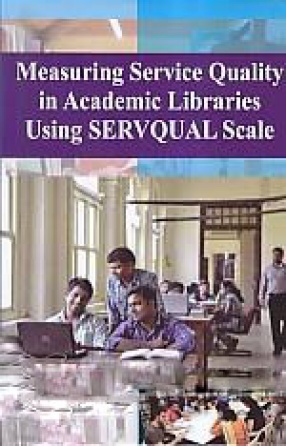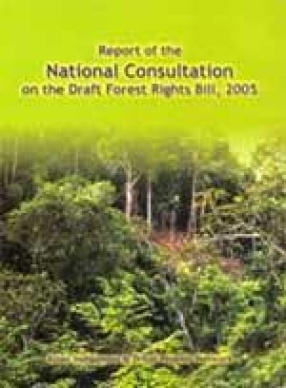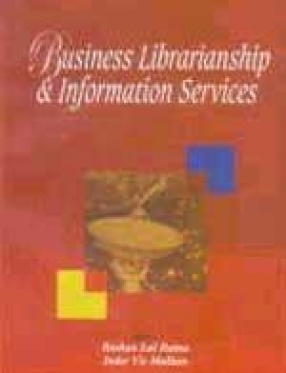World Wide Web or popularly called as the Web is a revolutionary invention and amazes us with its growth and applications. The traffic over web has increased many folds in the last few years due to communication among people through various kinds of websites as channels. Using metrics, estimations can be made for the number of people connected with internet and the content they are sharing and are interested in. Online tools like search engines and traffic and usage analyzers are used for measuring the growth of the web and falls under the purview of webometrics. The established measures for webometrics are, Link Analysis (including Web Impact Factor analysis), URL analysis, web citation analysis and web content analysis. Webometrics analyses hyperlinks, hyperlink types hyperlink structure and usage of the web.
Web Impact Factor (WIF) is an important parameter in Webometric studies. The present book presents application of WIF towards measuring quality of library websites. The book is presented with detailed examples of Indian institutes and the WIF of their library websites. It presents ranking of websites and method of conducting comparative studies of the websites. Websites for libraries are a good medium through which knowledge can be disseminated. The content of library websites depend on the library collection, services, facilities etc. Content awareness of library websites indicate qualitative and quantitative aspects of information provided by the libraries to the users and it can be a method for measuring usefulness of library websites. The book suggests method of accessing content awareness and improving visibility of library website.
Contents: Preface. 1. Web, webometrics and web impact factor. 2. Webometrics. 3. Measuring content awareness of library websites. 4. Measuring web impact factor of library websites. 5. Implications of webometric studies and future. Bibliography. Appendices.









There are no reviews yet.